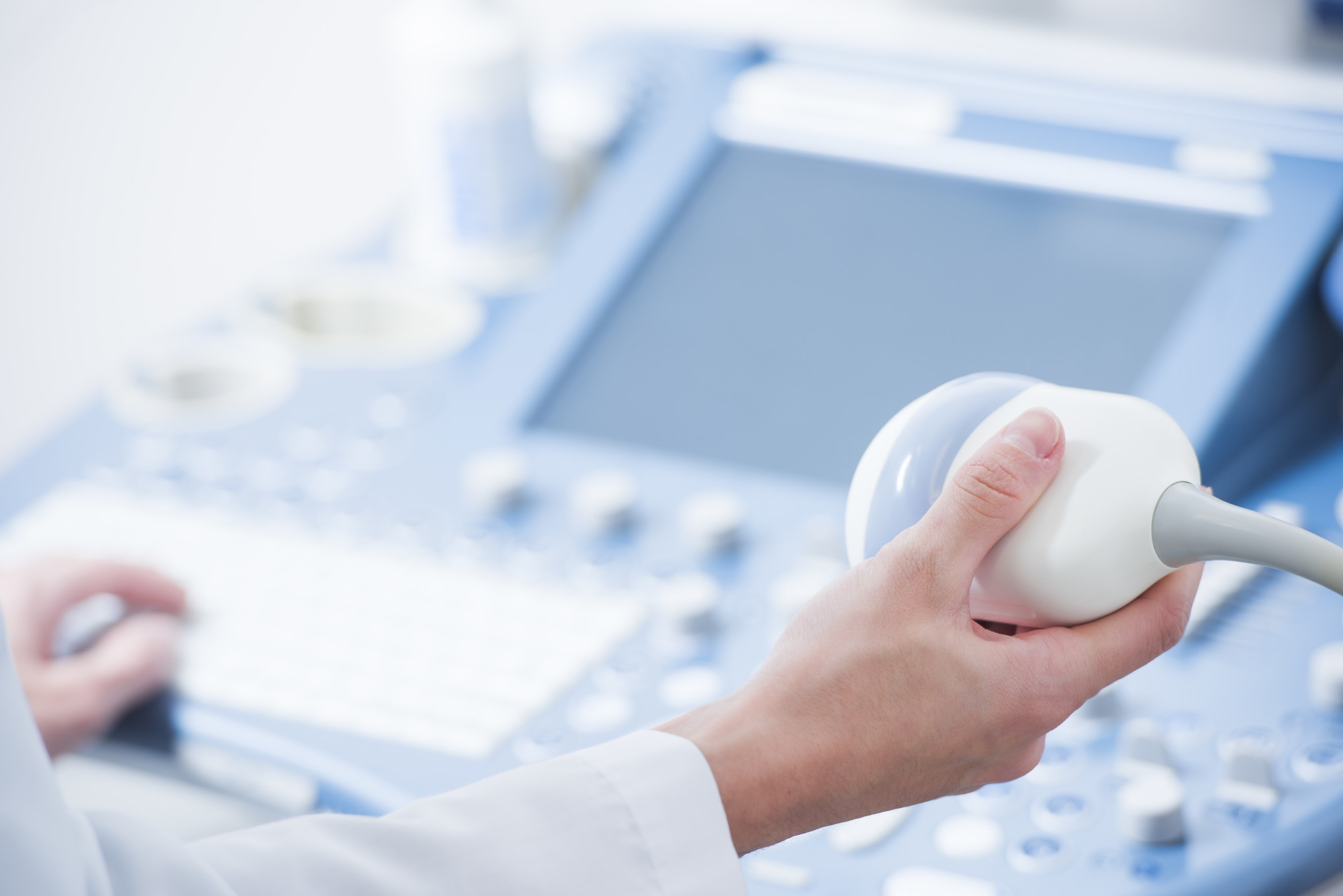5 Core Trends in Ultrasound Technologies

Ultrasonography is one of the most crucial techniques doctors have at their disposal. It’s safe, fast, and useful for a wide range of applications.
The world of ultrasound technologies is rapidly evolving. Thanks to the work of dedicated researchers and physicians, new ultrasound technology allows us to observe and treat diseases better than ever.
If you’re interested in medical technology, keep reading to learn more about recent advances and innovations.
Visualizing Through Sound
The history of imaging ultrasound technology begins with the Supersonic Reflectoscope, developed in 1940 by the American physicist, Floyd Firestone. His device detects flaws and other defects in metal pieces.
Just a year later, Austrian neurologist, Karl Dussik, used ultrasonic imaging to view the ventricles of the human brain. Soon thereafter, the new ultrasounds machines were being in major hospitals around the world.
John Wild is said to be the father of the medical ultrasound. He used ultrasound technology to measure the intestinal thickness. Even he couldn’t have imagined what we can do today.
The Latest in Ultrasound Technologies
Fast forward to 2020: doctors can detect slight changes in our organs using ultrasound and even apply the soundwaves therapeutically to treat disease.
But we aren’t finished yet.
Here are the top five core trends in new ultrasound technology for 2020.
1. Incorporation of Artificial Intelligence
Robots and other forms of AI are making everyday life easier. Sometimes, we don’t even realize when we are interacting with AI.
The medical field already uses AI in a number of applications, including neurosurgery. It was only a matter of time before robots began to take radiologist’s jobs as well.
All jokes aside, the use of artificial intelligence in ultrasonography is allowing physicians to more accurately locate what needs to be found.
2. Telemedicine
More, now than ever, telemedicine is important to American physicians and patients. Also known a virtual medicine, it refers to the use of technology to remotely interact with physicians.
The ‘Ultrasound App’ still doesn’t exist (to our knowledge) so you would still have to go in-person to perform the test.
However, wouldn’t it be nice if you go and the specialist could see and discuss the results from the comforts of your respective homes?
3. POC Ultrasounds
Point-of-care (POC) ultrasonography refers to the use of portable machines that can be taken to the patient, whether they are in a hospital bed or in their homes.
As with most of our devices, a new ultrasound machine is smaller and more practical than ever.
4. Growing Availability
The ultrasound market in North America, Europe, and Japan, for example, is quite well developed. However, in Africa, South America, and other regions the demand is growing daily.
5. Continued Education
Learning to use ultrasound has become more accessible than ever.
If you’re interested in improving your skills and become more attractive to employers, you should take advantage of CME opportunities.
Check out this highly recommended musculoskeletal ultrasound course and take the next step in your career.
Sound Off
It’s pretty amazing what ultrasound technologies allow us to see inside the human body. More importantly, these machines help us diagnose disease and save lives.
We’ve come a long way but the ongoing developments are more than promising.
Check out the blog for more articles about medical science and technology.



